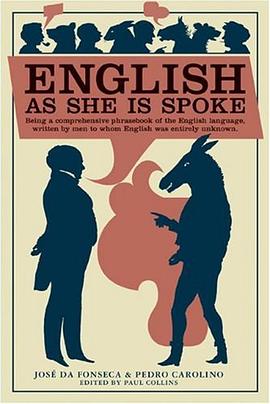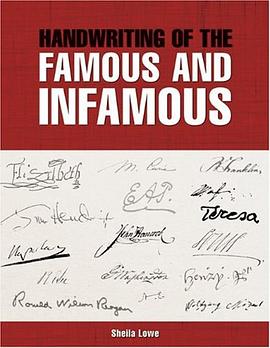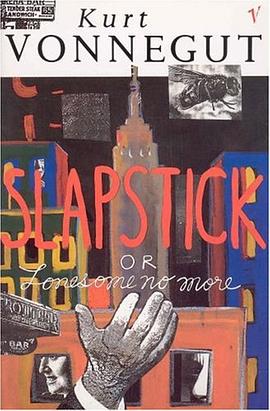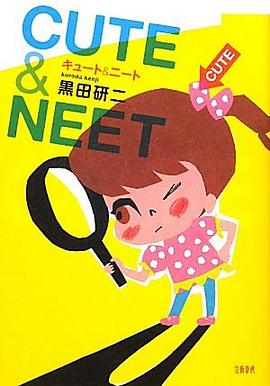

Masters at visual propaganda, the Bolsheviks produced thousands of vivid and compelling posters after they seized power in October 1917. Intended for a semi-literate population that was accustomed to the rich visual legacy of the Russian autocracy and the Orthodox Church, political posters came to occupy a central place in the regime's effort to imprint itself on the hearts and minds of the people and to remold them into the new Soviet women and men. In this first sociological study of Soviet political posters, Victoria Bonnell analyzes the shifts that took place in the images, messages, styles, and functions of political art from 1917 to 1953. Everyone who lived in Russia after the October revolution had some familiarity with stock images of the male worker, the great communist leaders, the collective farm woman, the capitalist, and others. These were the new icons' standardized images that depicted Bolshevik heroes and their adversaries in accordance with a fixed pattern. Like other 'invented traditions' of the modern age, iconographic images in propaganda art were relentlessly repeated, bringing together Bolshevik ideology and traditional mythologies of pre-Revolutionary Russia. Symbols and emblems featured in Soviet posters of the Civil War and the 1920s gave visual meaning to the Bolshevik worldview dominated by the concept of class. Beginning in the 1930s, visual propaganda became more prescriptive, providing models for the appearance, demeanor, and conduct of the new social types, both positive and negative. Political art also conveyed important messages about the sacred center of the regime which evolved during the 1930s from the celebration of the heroic proletariat to the deification of Stalin. Treating propaganda images as part of a particular visual language, Bonnell shows how people 'read' them - relying on their habits of seeing and interpreting folk, religious, commercial, and political art (both before and after 1917) as well as the fine art traditions of Russia and the West. Drawing on monumental sculpture and holiday displays as well as posters, the study traces the way Soviet propaganda art shaped the mentality of the Russian people (the legacy is present even today) and was itself shaped by popular attitudes and assumptions. "Iconography of Power" includes posters dating from the final decades of the old regime to the death of Stalin, located by the author in Russian, American, and English libraries and archives. One hundred exceptionally striking posters are reproduced in the book, many of them never before published. Bonnell places these posters in a historical context and provides a provocative account of the evolution of the visual discourse on power in Soviet Russia.
具體描述
讀後感
新增瞭附註用的相冊:http://www.douban.com/photos/album/11457736/#127317362) 想起一九一七年和一九四九年,大概會一腦子紅。俄國和中國,因著其國土之遼闊,急需進行大量的宣傳。藝術是一個方法,印刷於紙上的藝術更是一個理想的方法。我隻是想看看兩個在政治和地理上如...
評分新增瞭附註用的相冊:http://www.douban.com/photos/album/11457736/#127317362) 想起一九一七年和一九四九年,大概會一腦子紅。俄國和中國,因著其國土之遼闊,急需進行大量的宣傳。藝術是一個方法,印刷於紙上的藝術更是一個理想的方法。我隻是想看看兩個在政治和地理上如...
評分新增瞭附註用的相冊:http://www.douban.com/photos/album/11457736/#127317362) 想起一九一七年和一九四九年,大概會一腦子紅。俄國和中國,因著其國土之遼闊,急需進行大量的宣傳。藝術是一個方法,印刷於紙上的藝術更是一個理想的方法。我隻是想看看兩個在政治和地理上如...
評分新增瞭附註用的相冊:http://www.douban.com/photos/album/11457736/#127317362) 想起一九一七年和一九四九年,大概會一腦子紅。俄國和中國,因著其國土之遼闊,急需進行大量的宣傳。藝術是一個方法,印刷於紙上的藝術更是一個理想的方法。我隻是想看看兩個在政治和地理上如...
評分新增瞭附註用的相冊:http://www.douban.com/photos/album/11457736/#127317362) 想起一九一七年和一九四九年,大概會一腦子紅。俄國和中國,因著其國土之遼闊,急需進行大量的宣傳。藝術是一個方法,印刷於紙上的藝術更是一個理想的方法。我隻是想看看兩個在政治和地理上如...
用戶評價
相關圖書
本站所有內容均為互聯網搜索引擎提供的公開搜索信息,本站不存儲任何數據與內容,任何內容與數據均與本站無關,如有需要請聯繫相關搜索引擎包括但不限於百度,google,bing,sogou 等
© 2025 onlinetoolsland.com All Rights Reserved. 本本书屋 版权所有




















